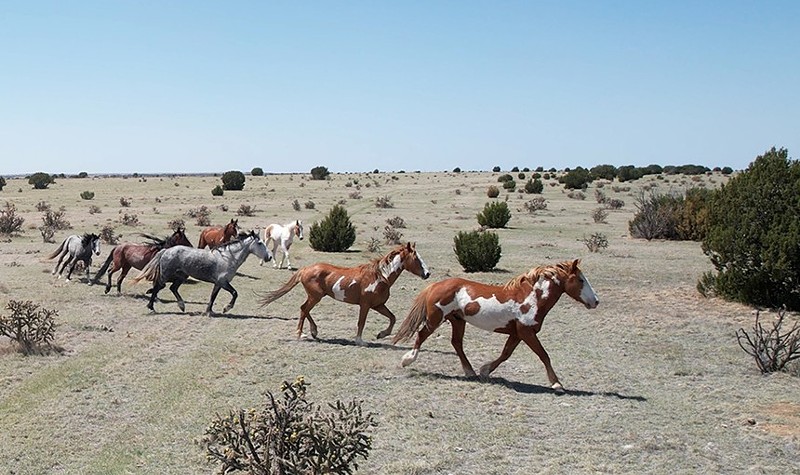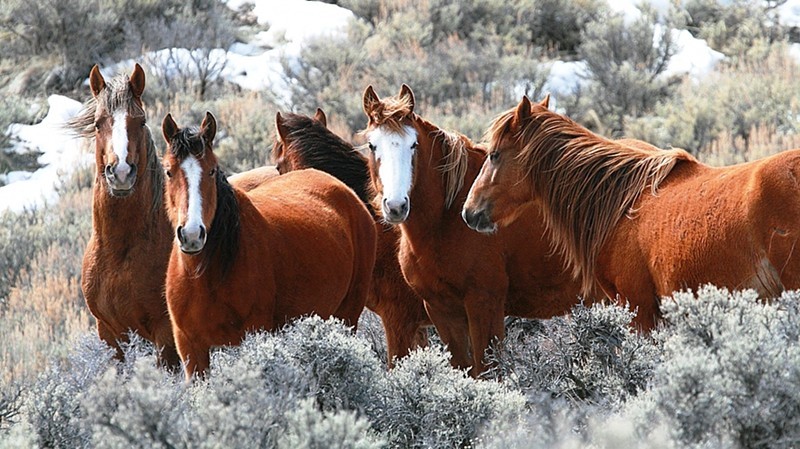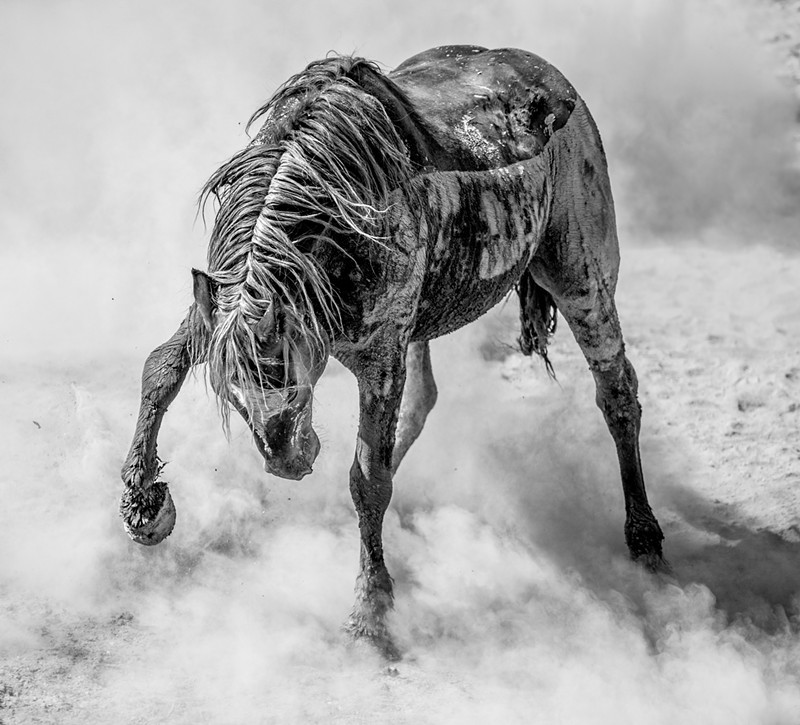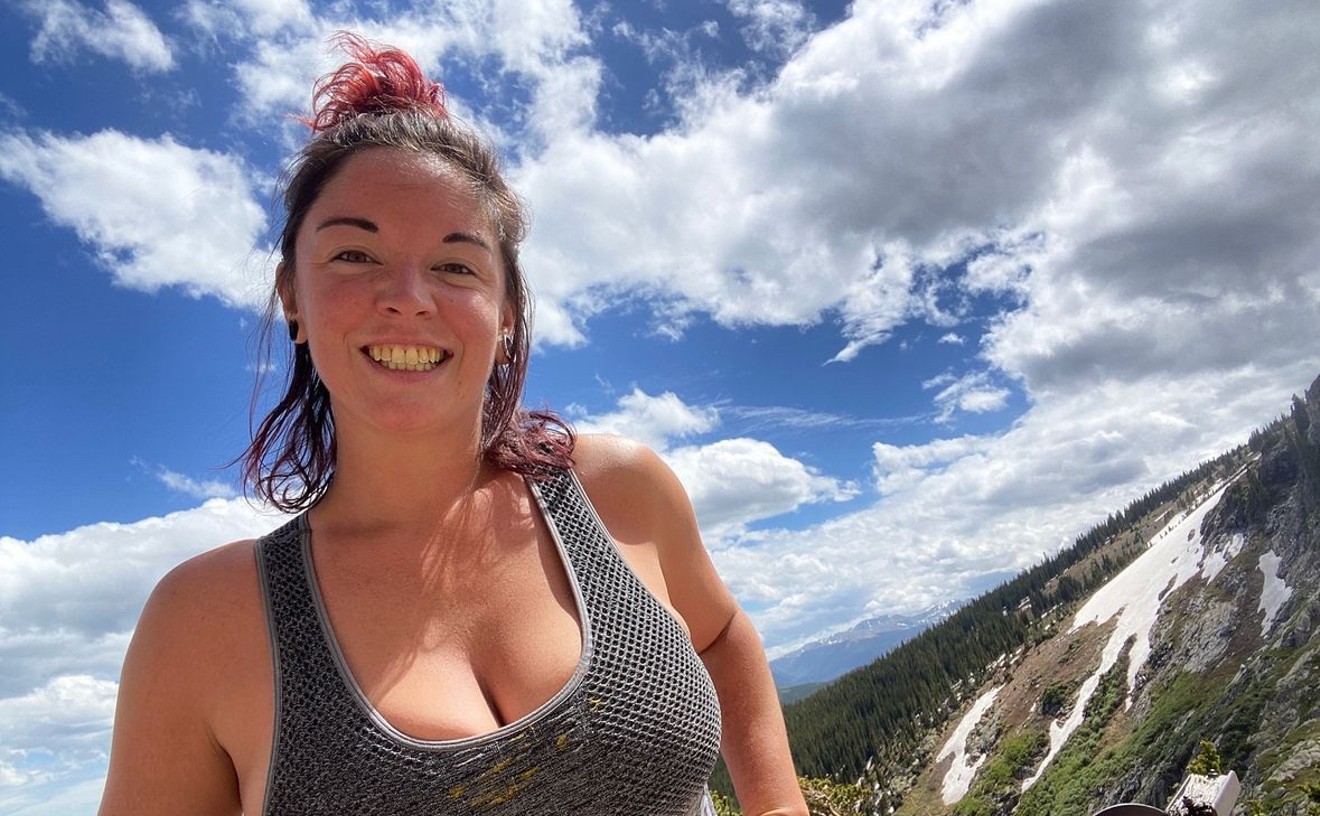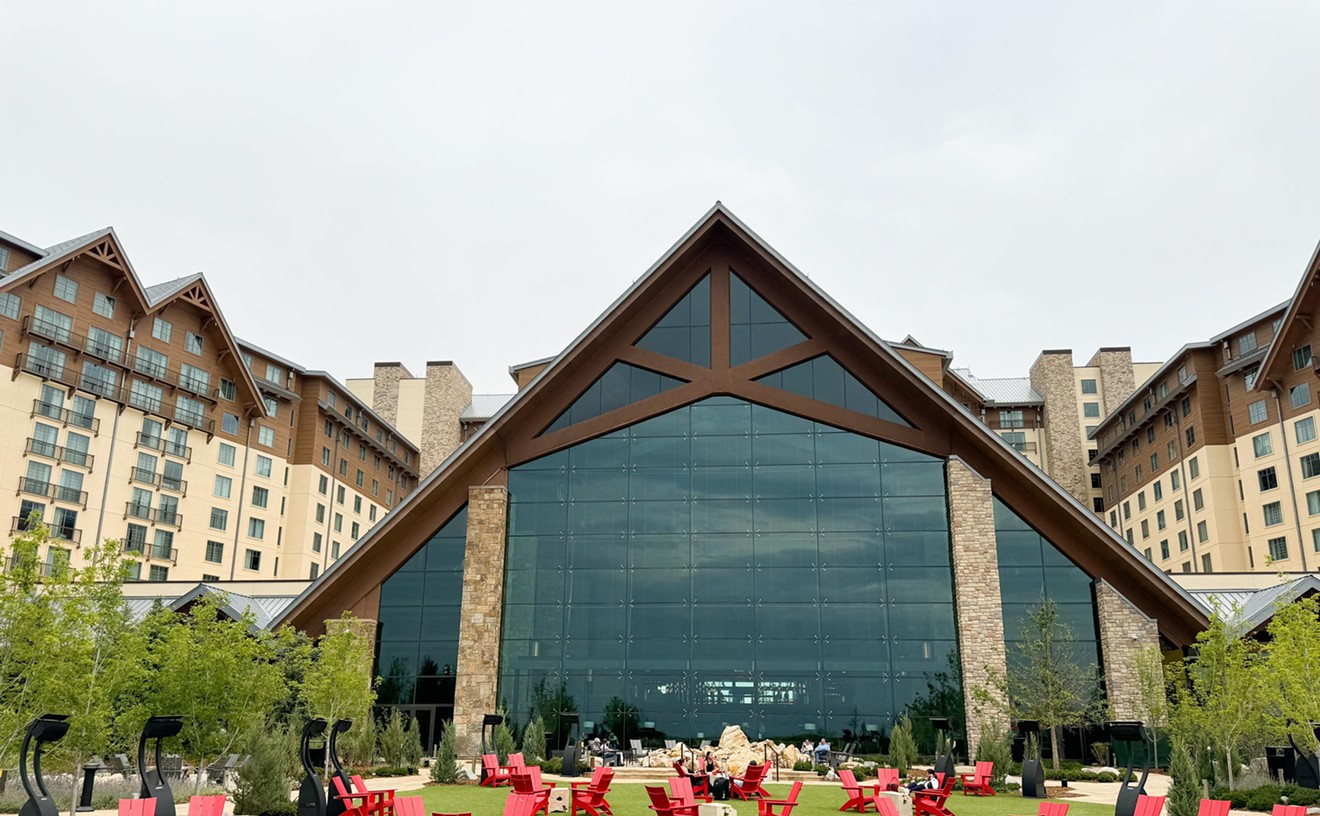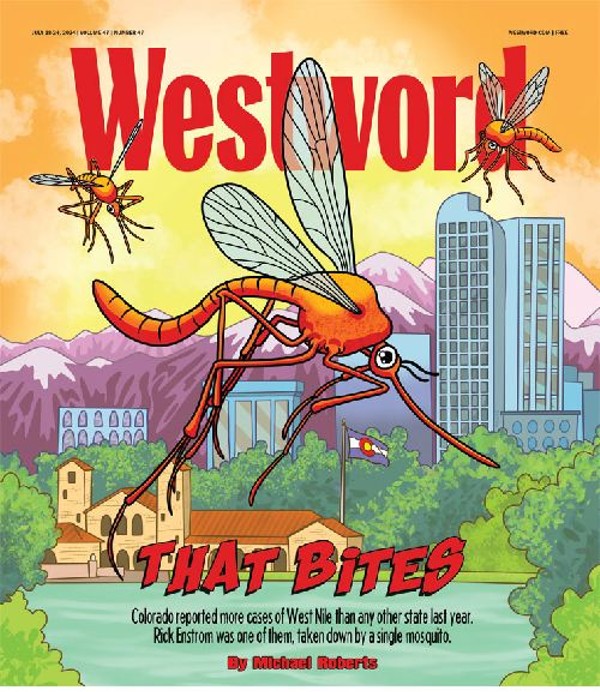Few realize that wild horses are disappearing across the West. Many who do are fierce advocates for the protection of these herds and often oppose initiatives made by the Bureau of Land Management. The BLM oversees four wild horse and burro herd management areas (HMAs) in Colorado, which span approximately 400,000 acres and currently support an estimated 1,212 wild horses, per 2024 BLM data.
But according to the agency, the combined appropriate management level (AML) of these four areas is far less, totaling 812 horses. The BLM claims that this number is “the point at which wild horse and burro populations are consistent with the land’s capacity to support them and other mandated uses of those lands, including protecting ecological processes and habitat for wildlife and livestock.”
Some outside biologists refute the determined AML, and mustang advocacy groups accuse the agency of prioritizing the interests of local ranchers. Sand Wash Basin, one of the four HMAs, serves as an example, having an AML of 163 to 362 wild horses. Simultaneously, the BLM authorizes up to 12,026 sheep and 300 cattle in this same region. In other words, wild horses in Sand Wash Basin could be outnumbered as much as 75 to one by livestock.
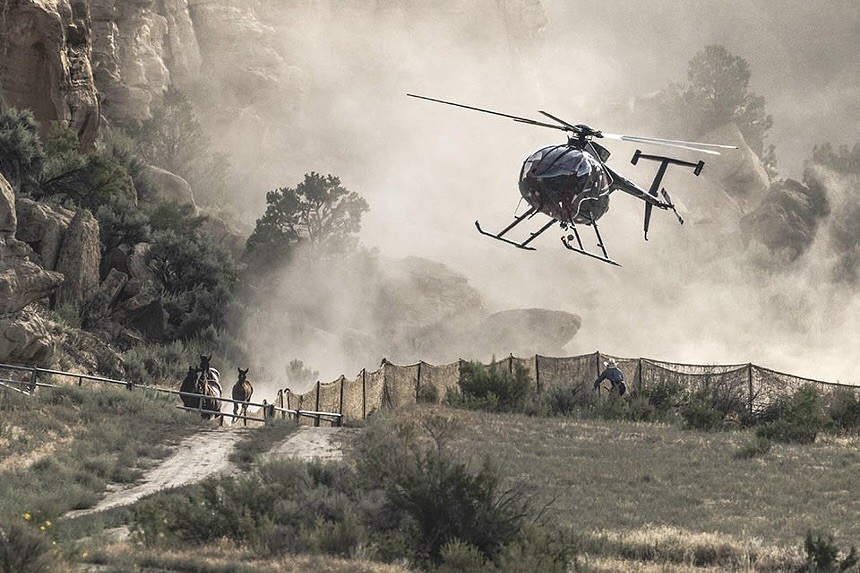
Helicopters are used by the BLM during wild horse roundups, which diminish herd populations.
Scott Wilson
Fortunately, some of these displaced horses have found a new home at the Wild Horse Refuge, a division of the Wild Animal Sanctuary. But that's just one of few places to admire wild horses in Colorado,
Little Book Cliffs HMA
Clifton
The Little Book Cliffs wild horse range is reasonably accessible, located about half an hour from Palisade. For this reason, it’s one of the more visited HMAs, and the horses are more accustomed to human presence. Snap photos of spotted paints and appaloosas, blue and red roans and bays with black manes, among others. The area has several interconnecting hiking and equestrian trails, including the 11.5-mile Main Canyon Trail, which often passes bands of two to ten horses.
Piceance-East Douglas HMA
Rangely
The Piceance-East Douglas HMA is home to the largest herd in Colorado, estimated to total 565 horses. This range stretches over 160,000 acres west of Meeker and south of Rangely. Two herd areas (HAs), North Piceance and West Douglas, lie adjacent and are home to an additional forty and seventy horses, respectively. HAs differ from HMAs in that the BLM does not manage the former for wild horses, but herds have been historically present in such areas.
On this trip to the far northeast corner of the state, you’ll see bands of bays, blacks and sorrels, plus the occasional horse with roan or buckskin colors. The best way to explore the region is via country roads, which form seven- to 29-mile driving tour loops.
Spring Creek Basin HMA
Egnar
It’s said that wild horses belonging to the Spring Creek Basin HMA were brought in by a Montana rancher in the early 1900s, who stole the animals and aimed to sell them to groups including the U.S. Cavalry. Today, an estimated 92 horses continue to roam the Disappointment Valley in southwest Colorado. Spend the day driving along country roads, where bands can be spotted to the east in the spring and in open areas through summer and fall. Come evening, visit the nearby towns of Nucla and Naturita, which are some of the state’s best stargazing destinations.
Sand Wash Basin HMA
Craig
Scott Wilson brought global attention to the Sand Wash Basin HMA in 2022 when he won the Natural World & Wildlife Award at the Sony World Photography Awards. The prized shot, titled “Anger Management,” pictures a powerful mustang, one of 344 wild horses estimated to live on this range located about an hour from Craig. Many are similar to Iberian Spanish breeds with gray and sorrel colors, but appearances vary considerably. To explore the area’s rough dirt roads, which form the Wild Horse Loop, a high-clearance 4x4 vehicle is recommended. Visit in the fall and on dry summer days for the best conditions.
The Wild Horse Refuge
24319 County Road 17, Craig
In 2022, a wild horse facility in Cañon City managed by the BLM experienced an equine flu outbreak, causing the death of 146 displaced horses. With another round-up set to occur shortly thereafter, Governor Jared Polis urged its cancellation but his pleas to the BLM fell on deaf ears. He then contacted Pat Craig, founder of The Wild Animal Sanctuary.
Craig oversees several sanctuary sites and most recently purchased the Wild Horse Refuge. Its 23,000 acres are forty minutes from the Sand Wash Basin HMA and about ninety minutes from the Piceance-East Douglas HMA. Here, wild horses removed by the BLM experience a free-range habitat similar to their former, full of sagebrush and piñon-juniper woodlands. Book a guided visit to the refuge via its website.

